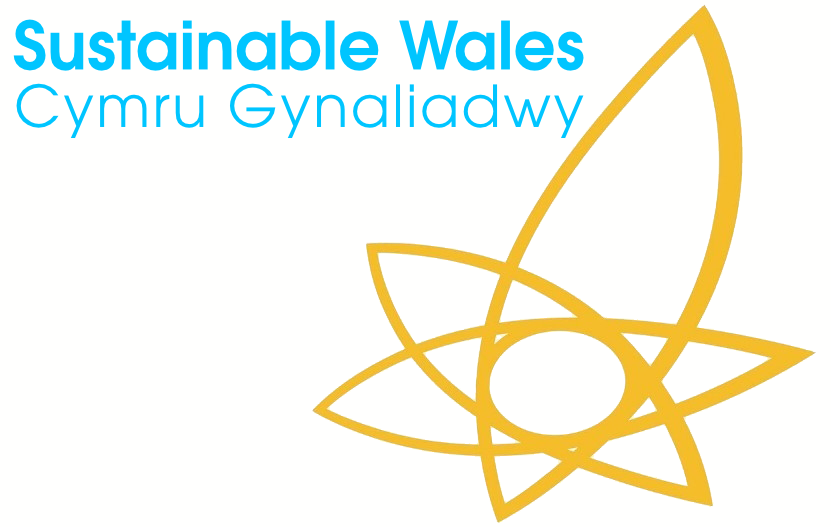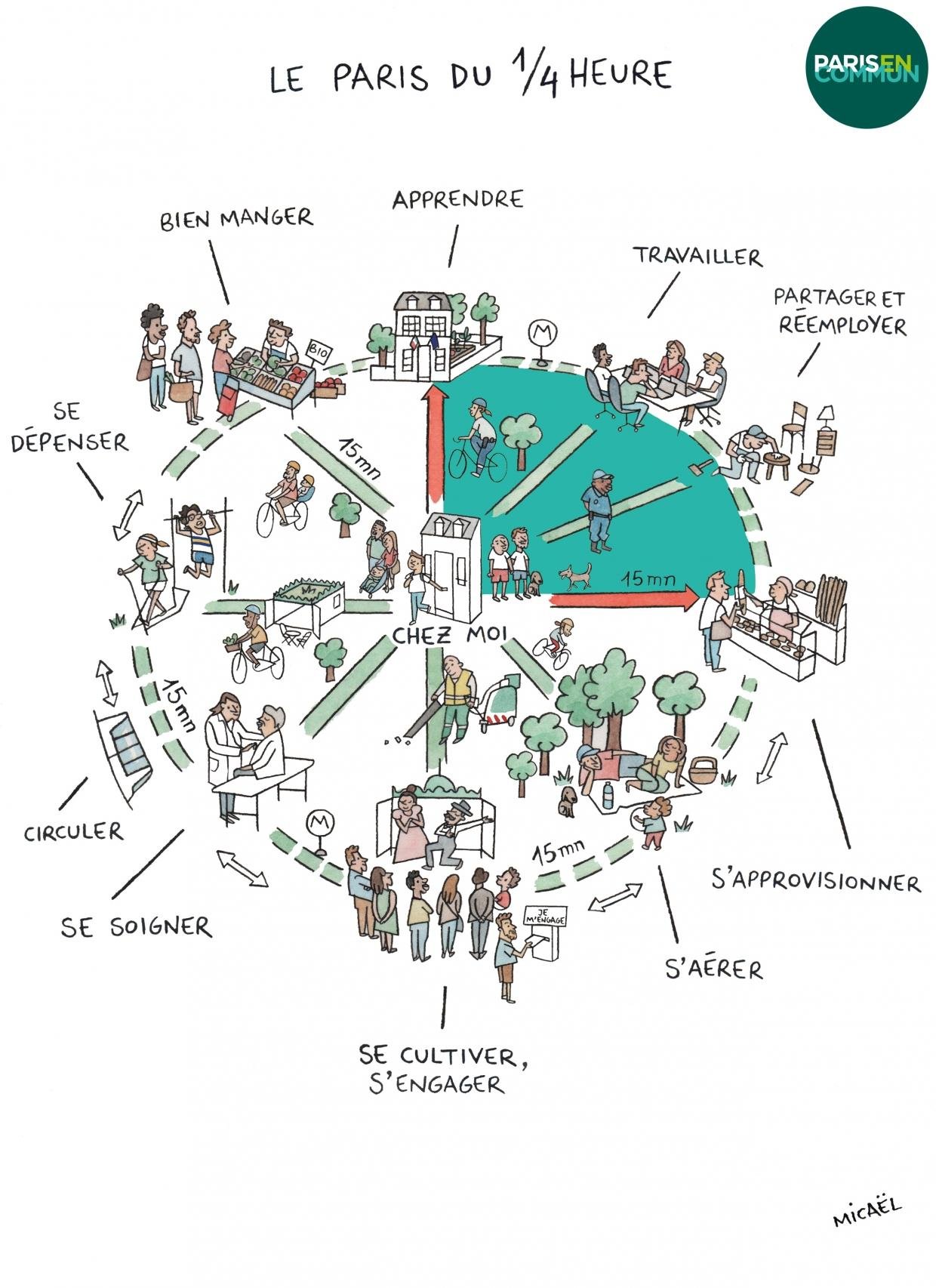There are many key buzzwords that fly around in the discourse of Porthcawl’s waterfront regeneration, in the next few blog posts ‘Better Porthcawl’ are hoping to untangle some of these phrases and explain what they could mean for our town.
Firstly, a “15-minute city" or in the case of Porthcawl a “20-minute neighbourhood”.
The theory of a “15-minute city” was thought of by Carlos Moreno in 2016 and it re-emerged during the Covid 19 pandemic for town centre renewal. The lockdowns generated issues of connectivity and locality within our cities and towns. It showed that the necessities of a good neighbourhood needed to be accessible within a short distance by foot or bicycle. The idea has been praised and its importance has been recognized to fit every neighbourhood, not just cities, hence the term “20-minute neighbourhood”.
The basic premise of the concept is: work, food, healthcare, education, culture and leisure should all be in a 20-minute radius of where you live. This increase of locality leads to positive outcomes for community health and well-being, and in turn lessens the impact on the environment.
Minimal travel between these key needs means each neighbourhood should fulfil six social functions: living, working, supplying, caring, learning and enjoying, without the need of using a car.
A 20-minute neighbourhood has many benefits, particularly for the environment, because of the reduced reliance on cars which will importantly lower carbon emissions and increase the air quality in urban spaces.
There are also benefits for the local economy, keeping money within the neighbourhood which will increase local investment and prosperity.
https://www.simagazin.com/en/si-urban-en/topics-urban/urban/paris-die-stadt-der-viertelstunde/
The cumulative effect are benefits for people’s health and well-being, getting people more active as well as increasing social connections within the community and reducing greenhouse emissions.
The theory of 20-minute neighbourhoods has been adopted by many cities, with positive results in Paris, Portland (Oregon) and Melbourne, and is now being used in urban renewal plans around the UK.
Indeed, here in Wales, the 2020 report of the Future Generations Commissioner includes the recommendation that government should ‘Commit to introducing the 20-minute neighbourhood concept for all towns and cities in Wales; creating healthier, happier communities fit for a zero-carbon future’.
There has been some controversy around 20-minute neighbourhoods, a misinterpretation of the idea has led people to believe it will restrict people’s personal freedoms. It is important to note that the idea does not suggest plans to “lock people” into certain areas or restrict people’s freedom to leave their neighbourhood.
The idea is to build the richness of our neighbourhoods, to encourage people to not use their cars to commute for their daily needs, not to segregate people or regulate a person’s travel.
But what does that mean here in Porthcawl?
Within the Approved Place-making Strategy (May 2022), Bridgend County Borough Council (BCBC) stated that the Porthcawl Waterfront Regeneration plans should be viewed as
“a wider jigsaw providing a complete, compact and connected neighbourhood, where people can meet their everyday needs within a short walk or cycle”
BCBC has used the theory of a 20-minute neighbourhood for inspiration for the regeneration plans.
See the map below of the 20-minute walking radius from John Street as the centre of the town.
The Place-Making Strategy also attached the diagram of ‘Features of a 20-minute Neighbourhood’, displaying some hopeful checkpoints for what the development plans will provide for Porthcawl.
The regeneration plans are hoping to make Porthcawl more accessible on foot and increase the connectivity between key services and features of our town.
Further to this they have created a summary review against the key criteria of 20-minute neighbourhood. They state opportunities that could arise in key locations within Porthcawl using the criteria of a 20-minute neighbourhood.
The full table is available to download at the end of the blog but some examples include: an outdoor learning trail, a cycle hub, better access to the beach and increased walkability.
The Place-Making Strategy also attached the diagram of ‘Features of a 20-minute Neighbourhood’, displaying some hopeful checkpoints for what the development plans will provide for Porthcawl.
The regeneration plans are hoping to make Porthcawl more accessible on foot and increase the connectivity between key services and features of our town.
Further to this they have created a summary review against the key criteria of 20-minute neighbourhood. They state opportunities that could arise in key locations within Porthcawl using the criteria of a 20-minute neighbourhood.
The full table is available to download at the end of the blog but some examples include: an outdoor learning trail, a cycle hub, better access to the beach and increased walkability.



